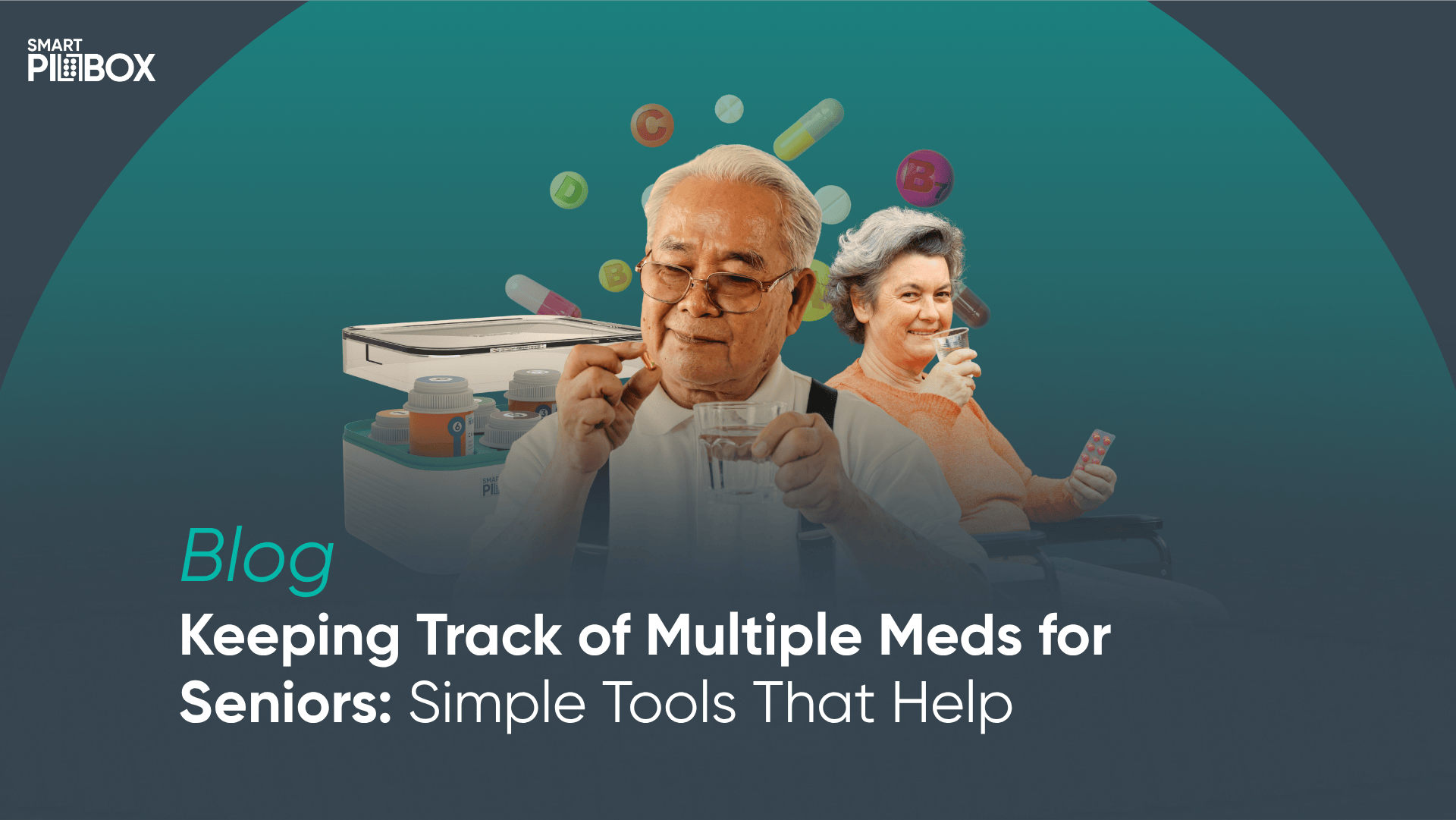5 Must-Have Tools Powering Value-Based Care in 2025
From Missed Doses to Missed Revenue — Here’s What Providers Need to Get Right This Year
Have you ever watched a patient circle back to the ER, not because of access or affordability, but simply because they forgot their meds?
If you’re a healthcare provider operating under a value-based care model, you already know the harsh truth: the system holds you accountable for outcomes… but the tools to ensure those outcomes often lag behind.
In 2025, delivering better care isn’t just about empathy, it’s about strategy. And that starts with equipping your practice with the right tools.
Below are five essential technologies that will help providers across the U.S. improve patient outcomes, reduce costs, and meet value-based care metrics. From pill reminder systems to remote monitoring, this list is your blueprint for smarter care delivery.
1. Smart PillBox – A Smarter Way to Stay on Schedule
Let’s start with the most avoidable issue in American healthcare: medication non-adherence.
Patients miss doses all the time. Not because they don’t care, but because life gets in the way. A doctor’s instructions can easily get lost between work, caregiving, and forgetfulness. That’s why the Smart PillBox is a personal medication assistant for Medicare patients, seniors, and chronic care programs. One of the best Medication Adherence & Reminder Solutions in the USA.
With this user-friendly smart pillbox, patients and elderly individuals receive:
- Automated pill reminders via app and device
- Easy-to-load compartments for up to six meds
- Remote monitoring for family or providers
- Real-time adherence tracking that supports billing, compliance, and care quality
For providers, Smart PillBox means fewer readmissions, higher HEDIS scores, and better chronic care management (CCM) outcomes.
Here’s what the data says:
- Medication non-adherence causes an estimated 125,000 preventable deaths annually in the U.S. ([CDC])
- It contributes to nearly 10% of all hospitalizations and costs the U.S. healthcare system over $100 billion per year. ([Annals of Internal Medicine])
- Among older adults, only 51% adhere to their prescribed medication regimens. ([AARP Rx Price Watch])
- 20% of new prescriptions are never filled, and 50% are taken incorrectly. ([CDC Medication Adherence Report])
2. Remote Therapeutic Monitoring (RTM) Tools
RTM lets providers keep an eye on patients outside the clinic—especially useful for musculoskeletal issues, respiratory concerns, and post-discharge recovery.
RTM platforms track everything from physical activity to medication use, creating a full picture of how patients are actually doing. The best part? Medicare reimburses for RTM services under specific CPT codes.
Let’s look at the numbers:
- According to CMS, RTM adoption has surged, and Medicare now reimburses up to $50–60/month per patient for remote monitoring services.
- A 2023 report from HealthTech Insights revealed 34% lower hospitalization rates among RTM-supported patients.
- Providers using RTM tools for chronic condition management report a 22% increase in patient engagement and a 30% reduction in missed follow-ups.
3. Telehealth & Virtual Care Platforms
No longer just a pandemic fix, telehealth has evolved into a core pillar of value-based care. Trusted telehealth platforms like Ola Digital Health help providers effortlessly expand their clinic into a virtual care ecosystem, offering video visits, asynchronous chats, and EHR-integrated care coordination, all of which are must-haves in 2025.
Virtual care ensures patients don’t delay treatment and helps providers offer timely, cost-effective care, even across state lines.
According to recent stats:
- Telehealth usage remains 38 times higher than pre-pandemic levels, according to a McKinsey & Company study.
- A 2024 CMS study showed 25% lower ED utilization among patients enrolled in hybrid virtual care models.
- 88% of healthcare leaders now consider telehealth essential to meeting value-based care metrics in rural populations.
4. Clinical Decision Support (CDS) Systems
With staffing shortages and increasing complexity in care, even the best clinicians need a digital safety net. CDS tools analyze patient data and surface real-time alerts, reminders, and evidence-based guidelines right at the point of care.
Think of it as a second set of eyes—one that catches what a human might miss and improves diagnostic accuracy, reducing errors and improving outcomes.
Here’s what the research shows:
- A study published in JAMA Internal Medicine showed that the use of CDS tools reduced adverse drug events by 41% in primary care settings.
- Healthcare systems using advanced CDS report a 17% increase in diagnosis accuracy.
- The ONC (Office of the National Coordinator for Health IT) reports that over 65% of hospitals in the U.S. now use some form of CDS.
5. Population Health Analytics
Want to know who is likely to end up in the hospital next month? Predictive analytics tools give you exactly that insight.
From identifying high-risk patients to understanding social determinants of health (SDOH), population health platforms help healthcare organizations meet quality benchmarks while delivering truly personalized care.
Let’s break down the impact:
- Providers using predictive analytics report a 28% reduction in 30-day readmissions, according to HIMSS Analytics.
- A 2024 Deloitte survey found that 72% of health systems with population health tools had higher patient satisfaction and improved STAR ratings.
- The U.S. market for population health analytics is expected to surpass $12.2 billion by 2026, showing strong alignment with the value-based care model.
Final Thought
In a value-based world, outcomes are everything. But better outcomes require better tools.
Whether it’s a pill reminder that helps patients stay on track, or a predictive model that flags a readmission risk before it happens. 2025 belongs to providers who are proactive.
Ready to see how Smart PillBox fits into your care strategy? Let’s talk.


